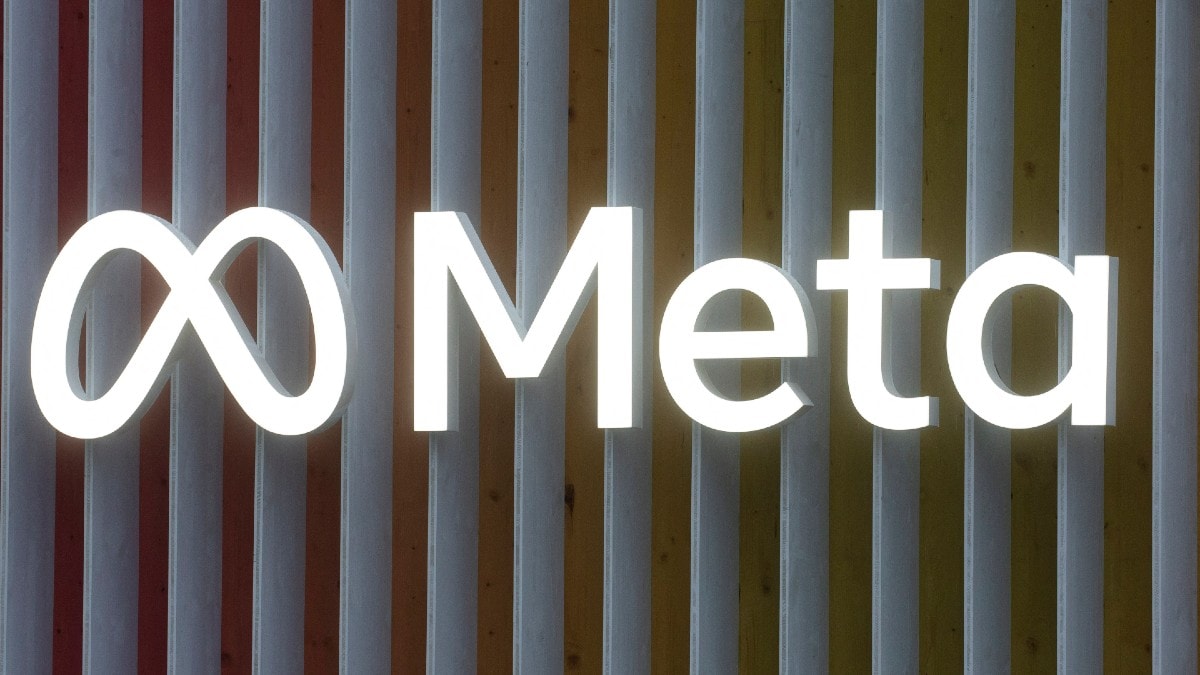
Three months ago, Elon Musk announced an $11 (roughly Rs. 910) monthly subscription service to give Twitter users a blue verification check mark.
On Sunday, Meta Platforms announced largely the same thing: a $15 (roughly Rs. 1,240) subscription service for users to get a blue verified badge, so long as they provide a government-issued ID.
Meta Chief Executive Officer Mark Zuckerberg is a shameless copycat. He cloned Snapchat’s Stories feature (even calling it “Facebook Stories”), launched a copy of TikTok called Reels and imitated the live video app Periscope with Facebook Live. The strategy works. Many of these clones, like Stories and Reels, take off successfully on Instagram.
This will likely be the case with Zuckerberg’s new subscription service, even though at first glance it looks incredibly off-putting. Who’d want to pay to give Facebook their ID? The thing is, this isn’t really aimed at regular users of Facebook and Instagram. It’s aimed at creators, particularly on Instagram, and the real selling point is reach.
Creators typically make money by partnering with brands and posting sponsored content. A fitness influencer might use a post to sing the praises of a specialized foam roller, for instance. But these creators live and die by how many people “like” their posts, a metric that usually corresponds with views; so the more likes they get, the more money they can demand sponsored content. And Meta’s new subscription service offers “increased visibility and reach” in search and recommendations. The company has positioned this as being about verification, but it’s really about giving certain posts more of a chance to go viral.
Twitter’s subscription service has floundered, and only about 0.2 percent of Twitter’s US users had paid for subscriptions like Twitter Blue as of January 2023, according to The Information. But the strategy has a much better chance of succeeding on Instagram thanks to the promise of reach. Many influencers will decide that paying $15 (roughly Rs. 1,240) a month to help their content stand out will be worth it.
Bloomberg Intelligence analyst Mandeep Singh estimates the new service could add $2 billion (roughly Rs. 16,500 crore) to $3 (roughly Rs. 24,800 crore) billion to Meta’s annual sales, which is a fraction of Meta’s $117 billion (roughly Rs. 9,68,800 crore) in revenue last year but probably more than what the company is making from the metaverse. Singh said in a note that the service would also help keep creators from moving over to TikTok.
Indeed, its more important impact will be in keeping the most interesting creators on Meta’s platforms and thus ensuring millions more users watch Reels instead of TikTok. The subscription service is rolling out in New Zealand and Australia first, but as it comes to Europe and the US, creators will be testing how far $15 (roughly Rs. 1,240) really takes them in terms of audience.
Creators are notorious for obsessively tracking their likes and re-posts and will find out in short order whether the subscription is amplifying their content effectively or not. This is no easy task. Musk last week scrambled his senior engineers to amplify his posts to Twitter users as a top priority — and they ended up taking it too far, according to a report in tech newsletter Platformer. A day after Musk complained about his Super Bowl tweet getting fewer views than Joe Biden’s, regular Twitter users found their feeds spammed with posts from the billionaire. They complained, and Musk suggested he’d walk the feature back.
Meta needs to avoid the same mistake. If users start to feel like their feeds are becoming filled with more promoted content, they’ll switch to TikTok.
Zuckerberg is adept at copying ideas that aren’t profitable and then making them profitable. He did so with Stories, which never brought Snap the same financial success that it did for Meta. And Meta has been toying with the idea of getting users to pay for features for years — it just never had the gumption to try. Now that Musk has forged a path that Zuckerberg can follow, it should be easier for Meta to introduce charges for other features, helping the company address a slowdown in online ad spending and offset the tens of billions it is spending on the metaverse.
The new service is also a tacit admission by Zuckerberg that Facebook and Instagram aren’t really social-networking platforms anymore. They are moving toward being places where people come to be entertained. Meta’s AI increasingly emulates TikTok to put viral posts from unknown individuals into people’s newsfeeds, instead of recommending posts from friends and family.
Zuckerberg must now strike a delicate balance between giving users what they want and giving creators the exposure they want too. Musk is struggling to make that work for Twitter. Zuckerberg probably stands a better chance.
© 2023 Bloomberg LP
For details of the latest launches and news from Samsung, Xiaomi, Realme, OnePlus, Oppo and other companies at the Mobile World Congress in Barcelona, visit our MWC 2023 hub.
